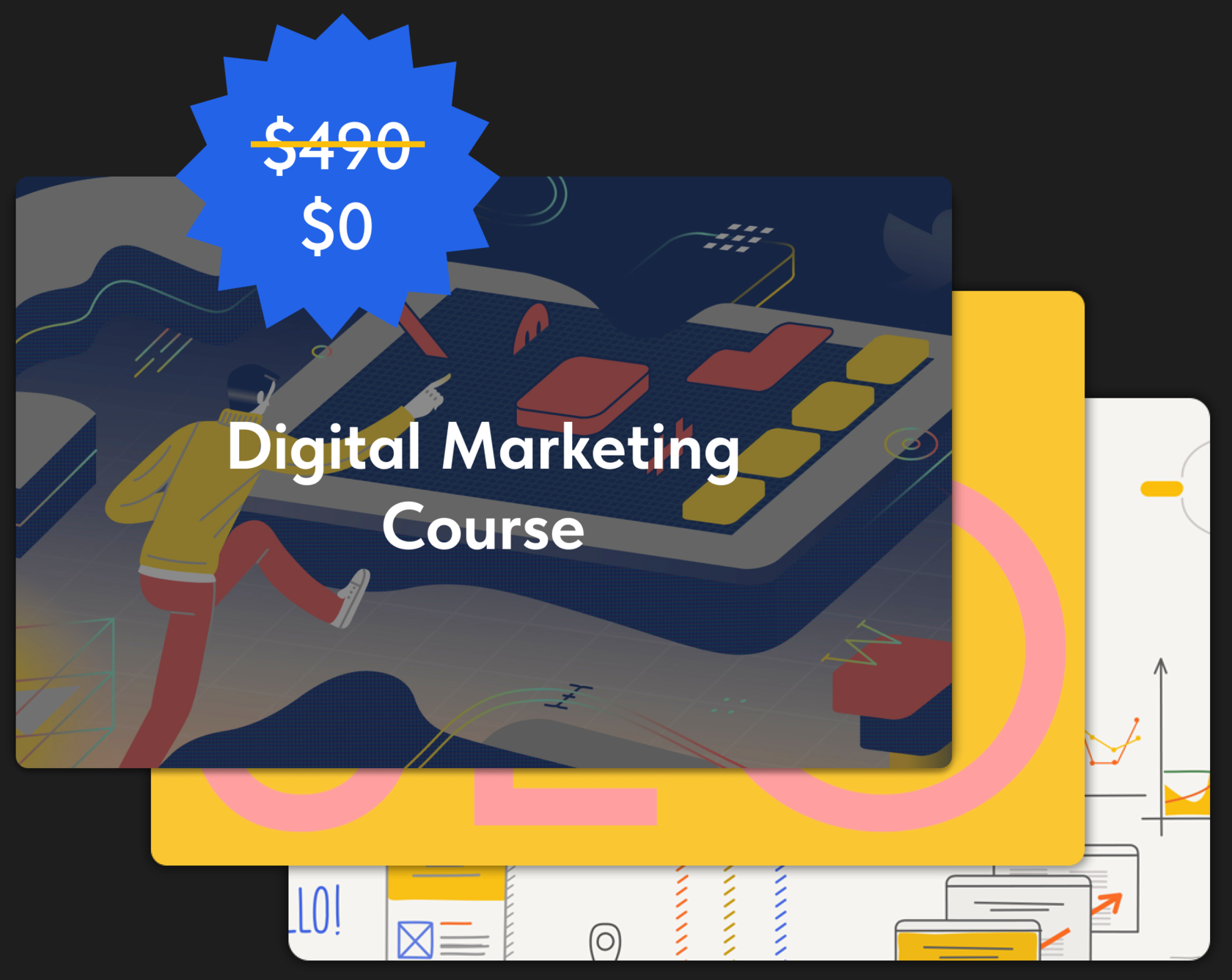For example, a visitor lands on your website, browses around, selects a product, and adds it to their cart, but then gets distracted, forgets, and closes the tab. In this case, retargeting will "catch up" with them on another site and show the product they were interested in. And of course, you'll need to pay for these visitors.
Contextual advertising offers
two payment models:
- CPC (cost-per-click), you only pay when a user clicks on your ad.
- CPA (cost-per-action), you only pay when the visitor completes a specific action—such as submitting a form or making a purchase on your website.
Cost-per-click (CPC) is considered the more basic and common model because it's cheaper, so we'll focus on it moving forward.
Another important thing to keep in mind about contextual advertising is that it doesn't have a fixed price. The bid is set by the advertising system (in our case, Google Ads) and works like an auction: the highest bidder gets the best ad placement.
Besides the bid—the cost you're willing to pay to get to the desired place in search—there is also the cost per click, which is how much you pay when a user actually clicks through to your website.
The cost per click depends on the bid amount and the
Quality Score of your campaign.
Quality Score is a metric used by Google Ads that measures how relevant and useful your ads, keywords, and landing pages are to users. A higher Quality Score means your ads are more likely to show up in better positions and cost less per click.





